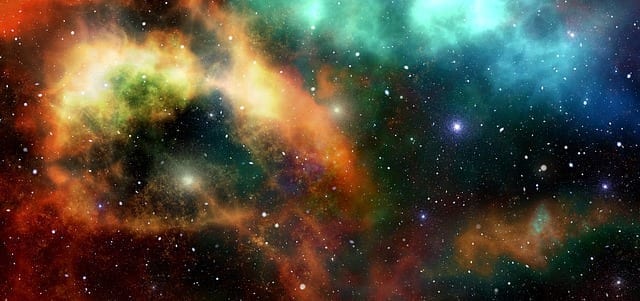
Lifestyle
Just How Big is the Universe?
The universe is a very, very big place. Exactly how big? Well, it’s tough to truly fathom the scale of it in its entirety. Finding an exact answer to this question is difficult for several reasons, but one key understanding we have of the universe is that we have a pretty solid grasp of how big the observable universe is. The actual universe comprises of areas that aren’t even capable of seeing, and scientists don’t really know how big this great unknown area truly is.
The best way for us to gauge the size of the universe is measuring space by light years. A light year is the distance light can travel in one year, and light travels extremely fast – about 186,000 miles per second. In a single year, light travels the equivalent of six trillion miles, so this is a good starting point to imagine the vast nature of space.
When you look up in the sky at night and see stars, what you’re seeing is light that was given off by stars light years away. That light has taken years, decades, even centuries to reach our eyes on planet Earth. The star from which that light originated from may not even exist anymore, considering how long it took that light to reach us. Think about that for a second. When you look up at the night sky, you could literally be looking at the ghosts of stars that ceased to exists hundreds of years ago. This concept applies to our own Sun as well. The Sun is 93 million miles away, so if you look at the sun, you’re seeing what the sun looked like 8 minutes ago. Pretty weird, huh?

Milky Way Galaxy
So now that we know the scale in which we measure the vast expanse of space, let’s go a step further. The Milky Way Galaxy is where planet Earth and our solar system resides in. Our home galaxy is about 100,000 light-years across. Within the Milky Way, there are an estimated 200-400 billion stars similar to our very own Sun. Among these 200-400 billion stars, there are an estimated 100 billion planets across the Milky Way.
100 billion worlds similar to the ones that are found in our solar system. Let that figure sink in a for a second. As of 2018, there are about 7.6 billion people living on planet Earth. A single planet in the midst of a potential sandbox of other worlds. Ready to have your mind blown even further?
Scientists say that there are an estimated 100 billion galaxies in the observable universe, though this figure is fully expected to jump to 200 billion galaxies once we launch more technologically advanced telescopes.
100 billion galaxies. 200-400 billion stars per galaxy. 100 billion planets per galaxy.
This figure is absolutely incompressible to our puny human brains, so here is a good analogy for you to get a hold of this. Scientists calculate there are roughly seven quintillion grains of sand on Earth. That’s 7 with eighteen zeros behind it. A pretty staggering number in of itself no doubt. However, when it comes to stars, there are likely at least several stars per grain of sand on Earth.
Yep, the universe is truly a wild thing to think about. If you have any room left for your having your mind blown, I leave you with this video.





2 Comments